The journey of Ratna Ho
Fashion Design, Arnhem
Every career in the art follows a different route. In The journey of column of the ArtEZ Business Centre, teachers will tell you about the key moments in their career. There is rarely much time to discuss this in class - but now, you'll have an opportunity to find out what choices they made, and how they got to where they are now.
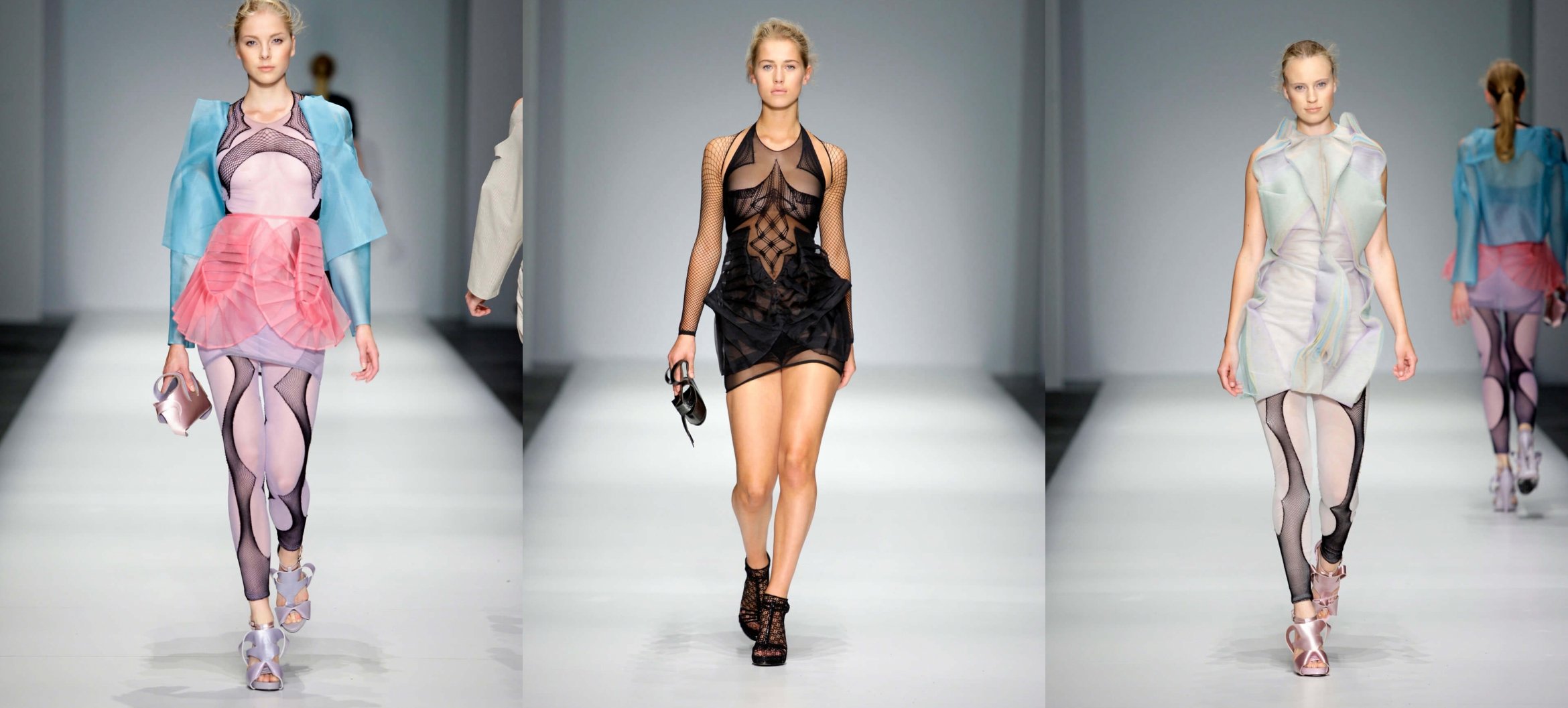
The journey of Ratna Ho
My name is Ratna Ho. I studied Fashion Design at ArtEZ and graduated in 2009. After that, I went on to do a Master's degree at Central Saint Martins in London. Besides working as a Textiles teacher at the Fashion Design department, I founded Fraenck together with my partner Pascal Mulder. Currently, we're making mostly handbags and other fashion accessories, but we're also developing our clothing collection as we speak.
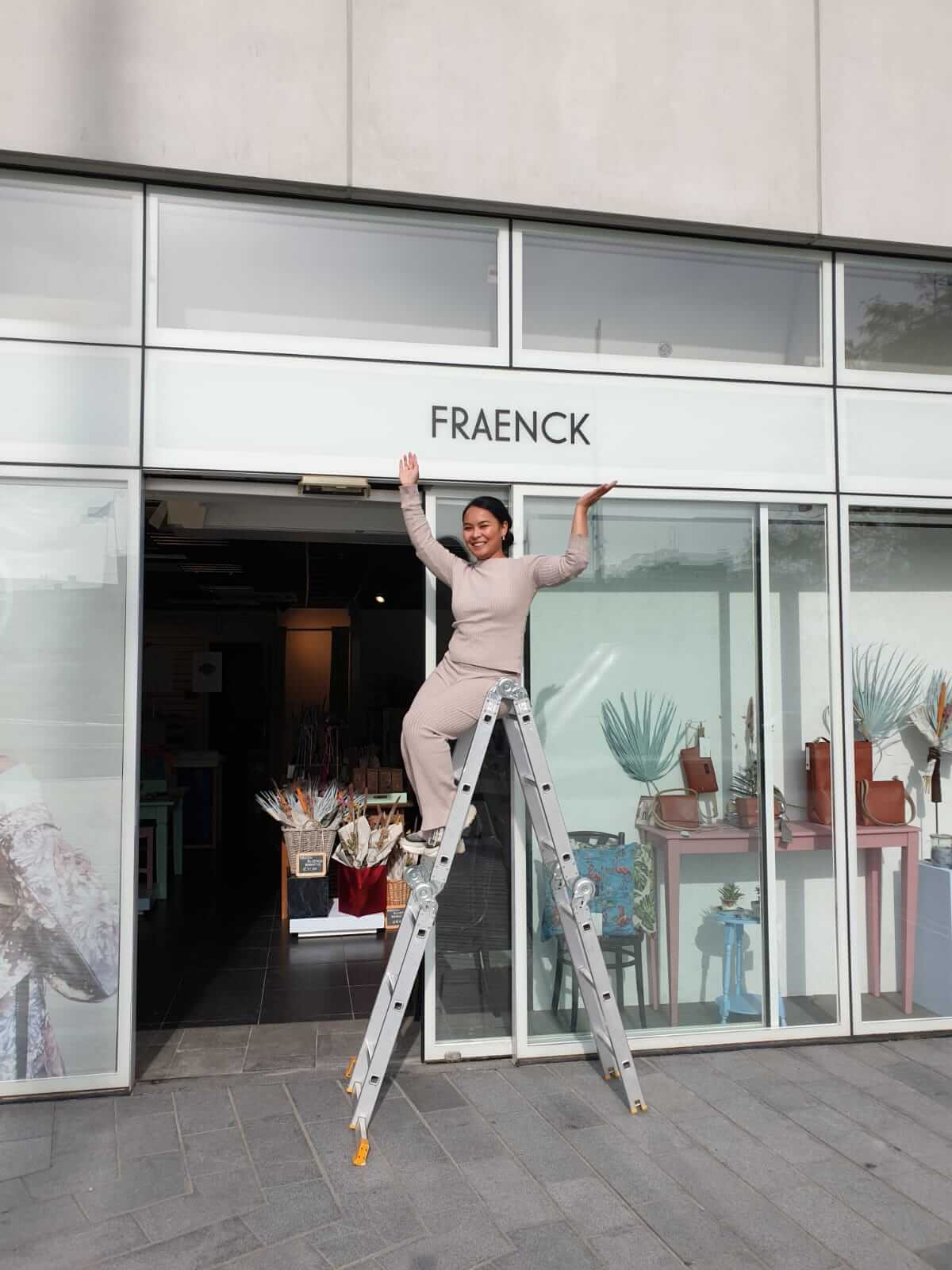
2009-2011 - ArtEZ and St. Martins and the WWIK
The first key moment is when I obtained my BA degree in Fashion Design from ArtEZ in 2009. My graduation collection opened a lot of doors for me. It got a great deal of attention, and that resulted in many requests for collaborations and commissions. In 2009 and 2010, I took the time to prepare for my application to the MA Fashion at Central Saint Martins. I briefly received the WWIK [a kind of temporary income supplement for artists available at the time] - which was really convenient, since I was able to work on my portfolio at my own pace, without financial worries. When I got accepted, I moved to London. It was an expensive city and so was the school, but thanks to the VSB fund, Prins Bernhard Cultuurfonds and the Fonds BKVB [predecessor of the Mondriaan Fund], I was able to make it work. Without scholarships, it's almost impossible to study there; over a year and a half, the cost easily amounts to €40.000, and you won't have time for a part-time job. My time at St. Martins taught me a lot, and I definitely learned a lot of new methods and techniques. It was a very intense time for me personally, though, and the workload was absurdly high. No time to dillydally! But of course, when you apply to a program like that, you know what to expect...
2012 - Subsidy application and rejection
After finishing my MA, I returned to the Netherlands in mid-2012. My plan was to recuperate and lie in bed for a month straight, and I think I remember doing exactly that. I didn't have much of a plan. To get by, I sold stuff on Marktplaats and took small commissions here and there, but it wasn't much. As a maker, I was still attracted to the process of designing and producing. Slowly but surely, a ready-to-wear collection started to come together. I was aware, however, that if I was going to start something, I wanted to be able to make a living with it, and that meant: finding sources of revenue. You have to start somewhere, anyway, so I started with a subsidy application. My first attempt was rejected, though. The reason: the plan was too commercial. For 'creative' subsidies, it's really not about becoming self-sustainable as an entrepreneur; the focus is on your creative concept and developing your signature as a designer. I think the creative sector would look much differently (and healthier) if a 'healthy' business model were an essential part of this type of application. Now, it's all about a 'good conceptual plan', and the absence of a strong business model means you often stay dependent on the next round of subsidies. Fortunately, my partner Pascal Mulder (ArtEZ Product Design) agrees with me: design and business should go hand in hand. It's a different situation if you're a dedicated designer starting a job at a 'bigger' existing (fashion/design) company. But if you're starting your own business, you have to have a clear business model and it should play a prominent role.
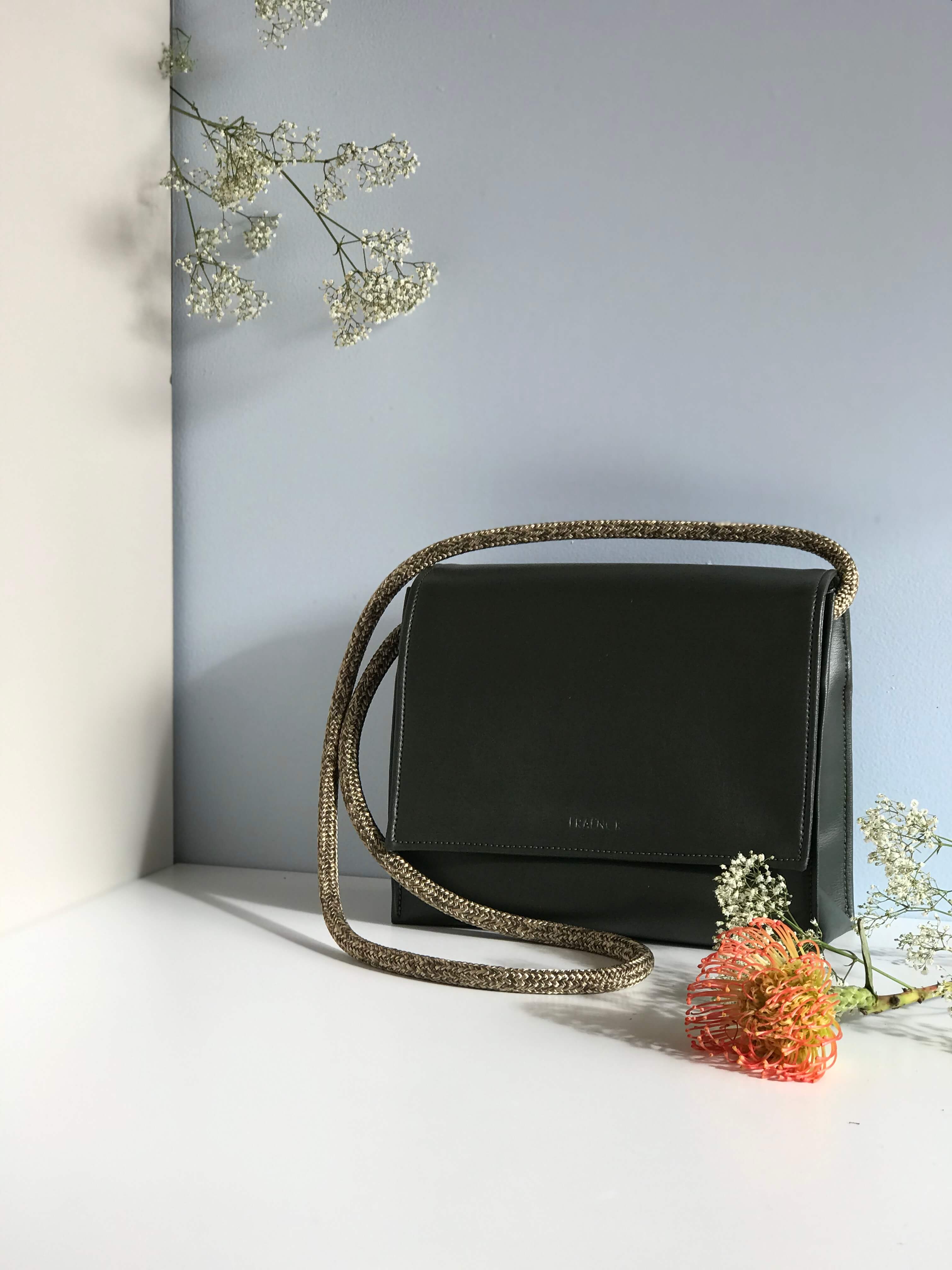
2013 - Starting a business
The early days were tough, both privately and commercially. All we did was invest; generating stable revenue is a serious challenge. There was no way we could pay ourselves a salary. All the money we made had to be invested right away in materials and other stuff. Pascal worked weekends at the bike parking at the station, and I (still) sold stuff on Marktplaats and took the occasional quilting commission. Even when I took my job as a Textiles teacher at ArtEZ, we invested the wages into the firm we had started a year before. What I remember most from this period: having to live with little money forces you to be creative in every way. You're very aware of the value of money, and you have to be clever and frugal to reach your goals. It wasn't an option (yet) to hire people to take some work off our hands, so we did everything ourselves, just like many entrepreneurs in the 'creative industry'. From the administration and cleaning to the design, production, photography, marketing and website. Fortunately, ArtEZ had trained us to be well-rounded. And we were fortunate to be together; two can do more than one, and at least we could celebrate our victories and handle our setbacks together.
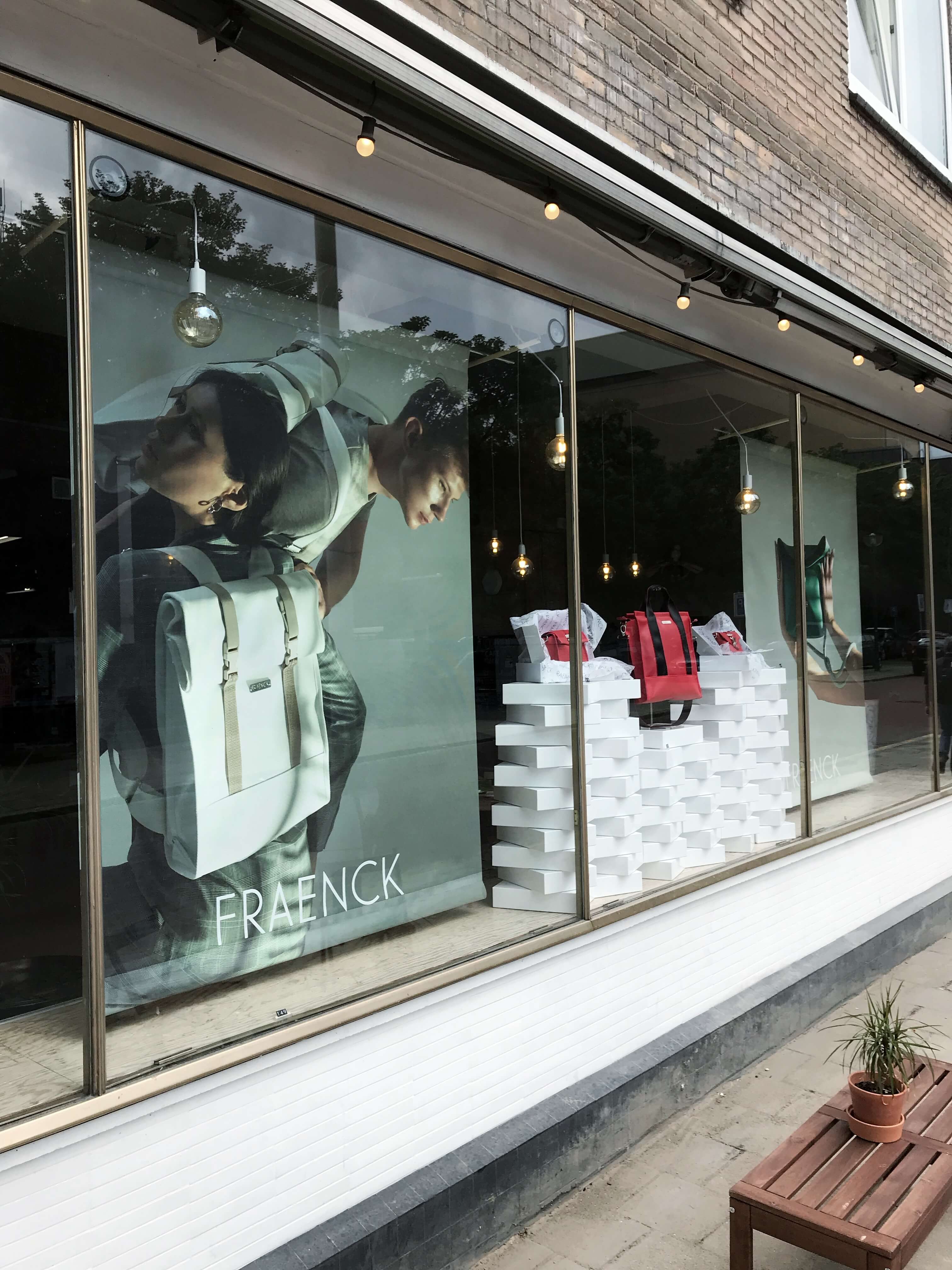
2014 - Shop & Sailmaker
In 2014, we opened our first shop in the Weerdjesstraat in Arnhem, which we rented through SLAK. Because why not (try to) sell stuff right away? The rent matched the floor size: €360 per month for 360 square meters. A very favorable deal. But we quickly realized that selling your product isn't easy! So in the winter of that year, we gave up on the shop, in order to focus completely on developing our signature collection. We moved in with Buitink Technology, a sailmaker we'd collaborated with before. There, we learned a great deal about business. From pricing and positioning to marketing and sales. We wasted a lot of money on trade fairs that very rarely bore fruit (in the form of sales and new distributors). We survived, but still didn't earn enough to pay ourselves a salary, let alone hire anyone else. The most important lesson: nobody's waiting for your product. To make sure it gets attention, you're going to have to push it yourself. And the 'good fortune' of a breakthrough is mostly your own responsibility - although, to be fair, a little wind at your back does make a difference!
2016 - Second shop
In late 2016, we decided to go back to the city. Unfortunately, SLAK didn't have many spaces available at the time. Through Funda, we found a beautiful building, and we're still there today. But it wasn't an easy choice. Commercial rents are much higher than SLAK's, and the terms and conditions are different, too: you sign a contract for 5 years. Fortunately, our landlord is great; he thinks along with us, and he is a real Arnhem entrepreneur himself. Knowing what we know now, I'm not sure if we'd do it again. We had savings to cover just about 3 months of rent. If it hadn't worked out, we would've been on the hook privately, and we could have ended up deep in debt. Even though we'd been doing business for a while, we were still pretty naive. As an entrepreneur, you have to take risks, and you don't get very far playing it safe all the time. But in this particular case, we lost a lot of sleep over those risks.
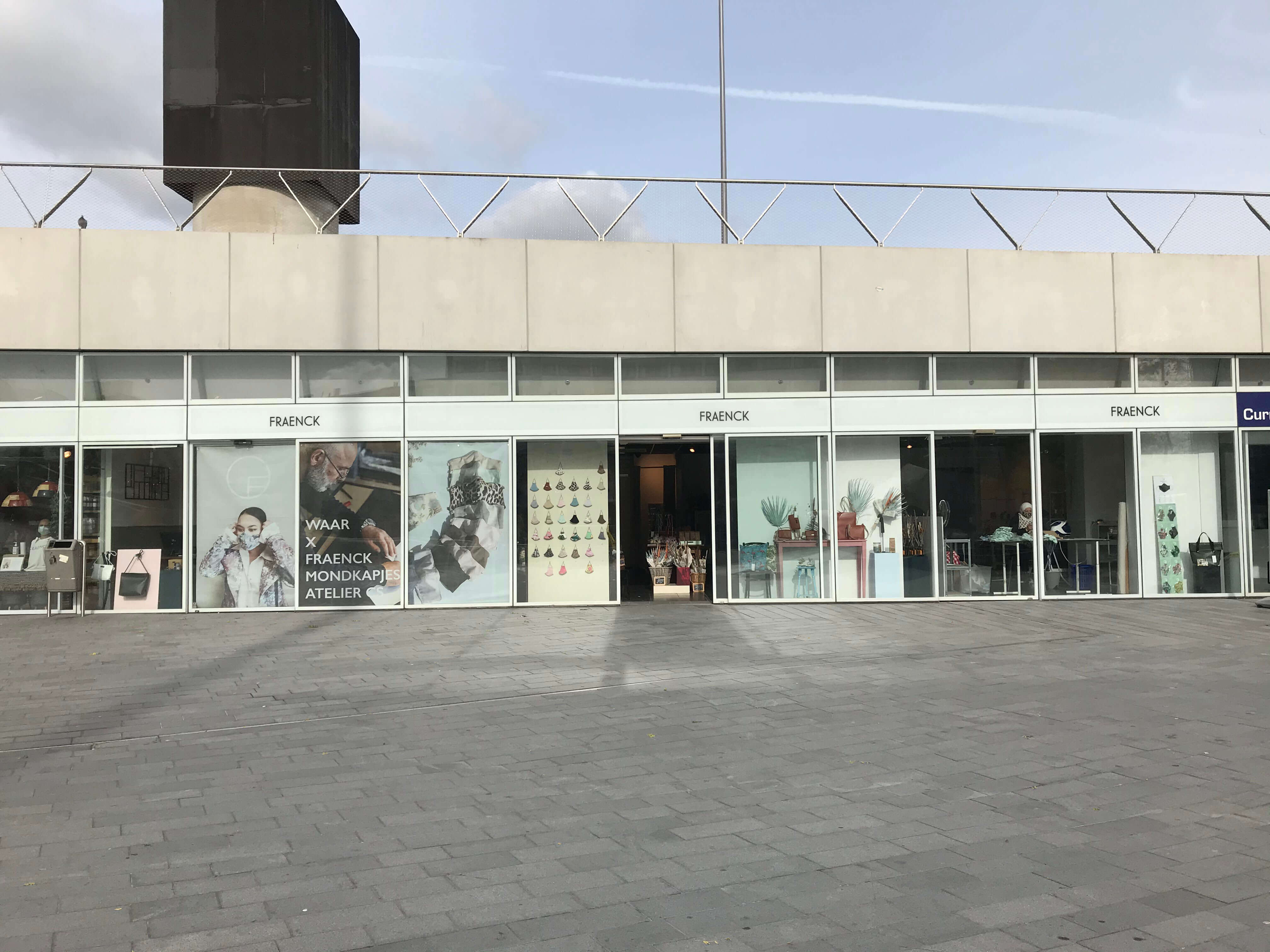
2017 - Business plan
At the end of 2017, Pascal and I wrote our first complete business plan. Up until that point, we were making most of our decisions based on a gut feeling. Of course, I knew more or less how much money came in and how much went out, and that's enough in the beginning. We never really made budgets, forecasts, et cetera. But you do need to have a bit of financial sense if you're going to start your own business from scratch. As obvious as it sounds: you can't spend more than you earn, and you have to invest your own money whenever possible. You'll need a part-time job. Don't be afraid to try things, but be realistic. Split up your main goal into small, manageable goals. Give yourself time, because starting a business takes time. Don't take a loan until your proof of concept is truly validated. Our concept became increasingly clear and sharply defined. For the Ignite Award, we further developed our business plan: sustainability and inclusivity became central pillars of our collection. Besides manufacturing the bags with circular, residual materials, we worked closely with 'people with limited labor marked opportunities'. And we became increasingly confident about the exact positioning of our collection in terms of price and quality.
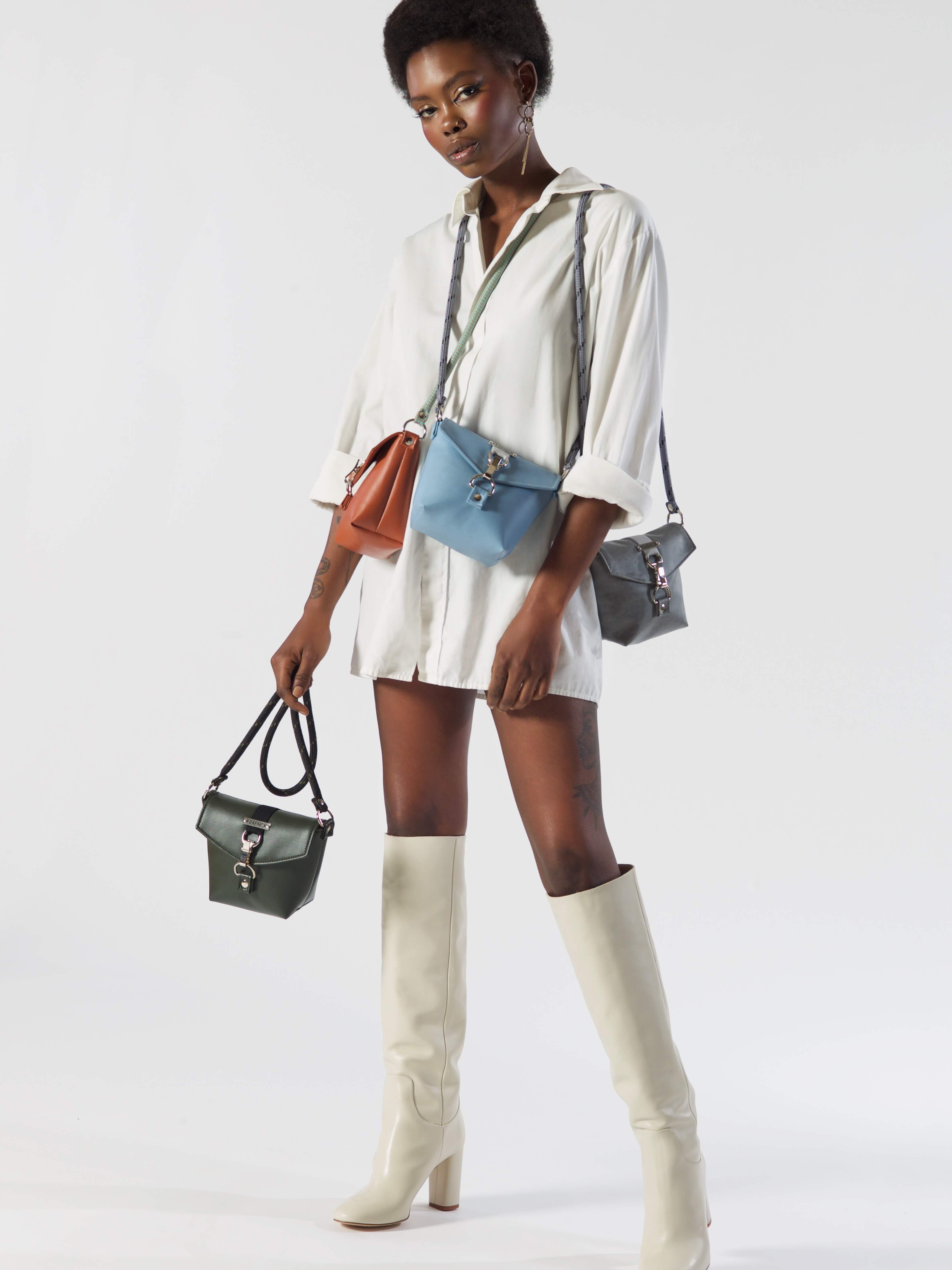
2018 - Funding and starting a BV [private limited liability company].
Early 2018, we got in touch with the Rabobank Foundation and DOEN Foundation. They were impressed with our business plan and decided to fund us for a period of two years. Their contribution was massive. It allowed us to hire employees. We founded our BV and suddenly had the financial capacity to invest in staff, marketing and machinery. It was a real game changer. Still, we were careful. Pascal kept his weekend job for another year - it had been our only stable source of income for all that time. But working seven days a week ended up being too much; we had kept it up for all those years, but we started to realize we needed some time to ourselves if we were going to keep it sustainable in the long run.
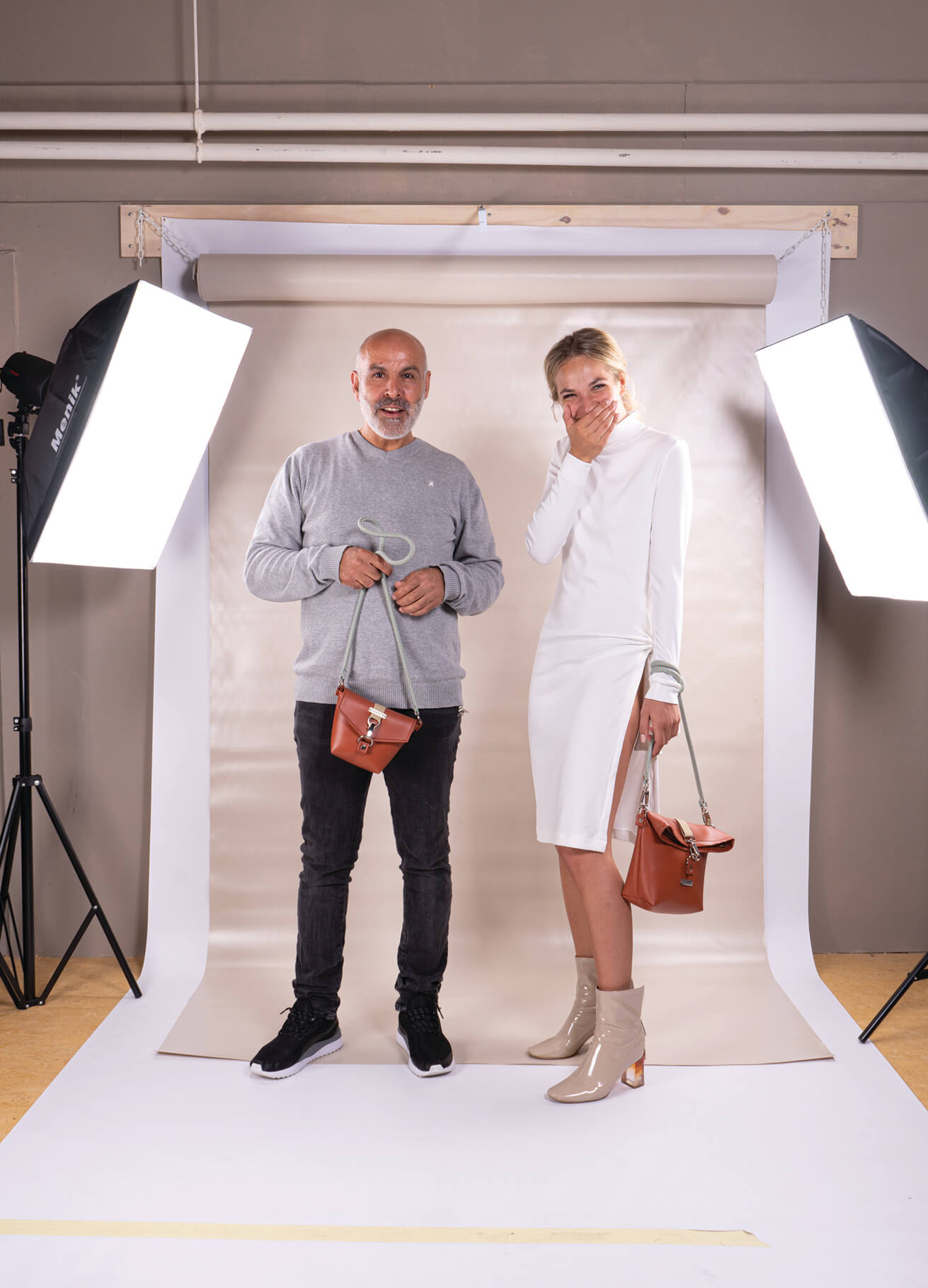
2018-2019 - Building the company
We did well in 2018 and 2019 - all according to plan. We had gained enough experience over the years prior that we were able to get off to a flying start with the investments from the Rabobank Foundation and DOEN Foundation.
It definitely came in handy that Pascal and I had learned something about every aspect of running the business, since we had done everything ourselves. That knowledge helped us train our employees and give them guidance in our company. Another thing that came in handy: our frugality. We knew how to get things done without spending too much money. Even when you have a little more to spend, that same attitude is useful. You think carefully about what to invest in. When will you see a return on investment? What additional opportunities does it open up? What are the risks? It's a real balancing act that I maintain to this day - I'm still very thrifty. Even if you're doing well financially, keep your costs low, think carefully about when you want to invest and when you don't. Invest in things that generate revenue. And don't spend money carelessly.
Building a sustainable team is also very important. We've developed (we think) a very pleasant company culture. It's not all about profit and revenue; the human side is just as important, or honestly, more important. We work hard, but we laugh a lot, too. Be good to yourself and your team, pick the right people for the right positions.
Less easy: letting people go. Unfortunately, that's also a part of running a business. Pascal and I find it one of the hardest things to do, but sometimes, it's inevitable. If someone isn't exactly in the right position, it can seriously damage your financial balances. Salary costs are the single most significant expense of any company, and if you don't handle them well, you'll lose a lot of money very quickly.
2020 - Covid-19
According to our original budget, 2020 was supposed to be the first year that we'd break even. Based on our estimates, the Rabobank Foundation had given us a €100.000 loan. The year started very well, and then COVID came around. Suddenly, we had zero income; commissions were cancelled or postponed, planned workshops were suddenly prohibited, and we barely had any customers in our store. I soon realized this year really could be the end of Fraenck. Who's going to buy handbags in the middle of a public health crisis? We didn't have much time to waste; we had to make a pivot. We decided on face masks. At the time, there weren't that many suppliers; it was actually a somewhat controversial product, since the government and the RIVM [Dutch public health institute] advised against them for a long time. But the sale of face masks really saved us in the second quarter. Fortunately, the other commissions and our old customers soon returned.
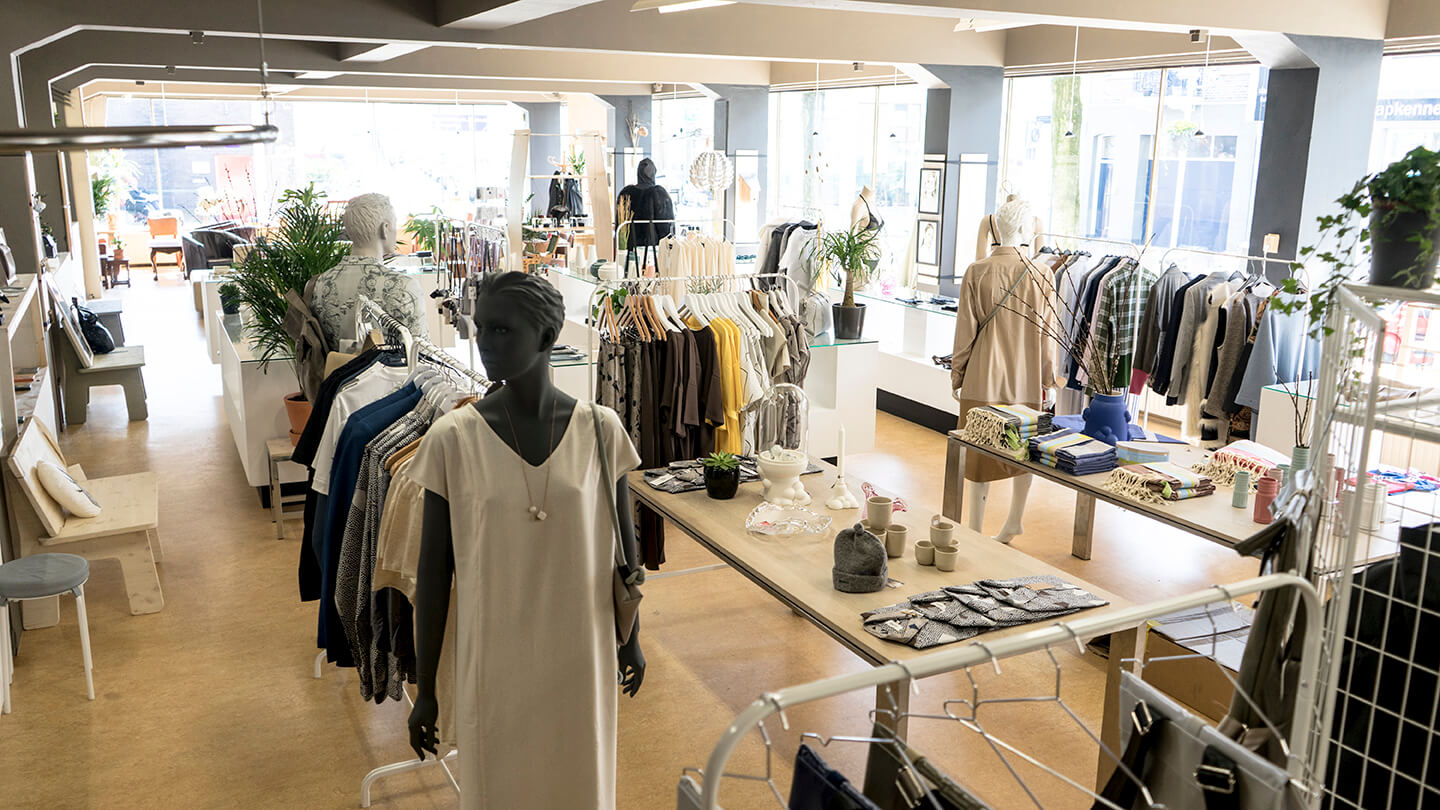
2021
Because sales started to rise and we got new commissions in time, we didn't have to apply for financial aid from the government in 2020. We were able to open a second store (at Arnhem Central Station) and hired 5 paid workers and 17 people doing an apprenticeship. We invested in a large laser cutting machine, so that we can boost our speed of production and make other types of products. Everything with a clear goal in mind: we want to be able to make a living from our company. Of course, we've had to make compromises. Design has become a smaller part of the whole enterprise. Entrepreneurship means keeping a lot of plates spinning at the same time, of which product design is only one.
2021 looks unsure at the moment. We recently decided to apply for the NOW-subsidy, since it's clear that our revenues this past quarter are lower, and we can't get much income from our shops. We're trying to keep costs down as much as possible, since frugality is key in times like these. Much as we'd like to invest - we can only afford it if there's a short-term return. Right now, it's all about survival.
Volg Ratna
We interviewed Ratna Ho, alongside Simone Trum (Graphic Design-Arnhem) and Douwe Dijkstra (Illustration Design-Zwolle) during the (online) meeting of the Community Cultural Entrepreneurship of the ArtEZ Business Center.


